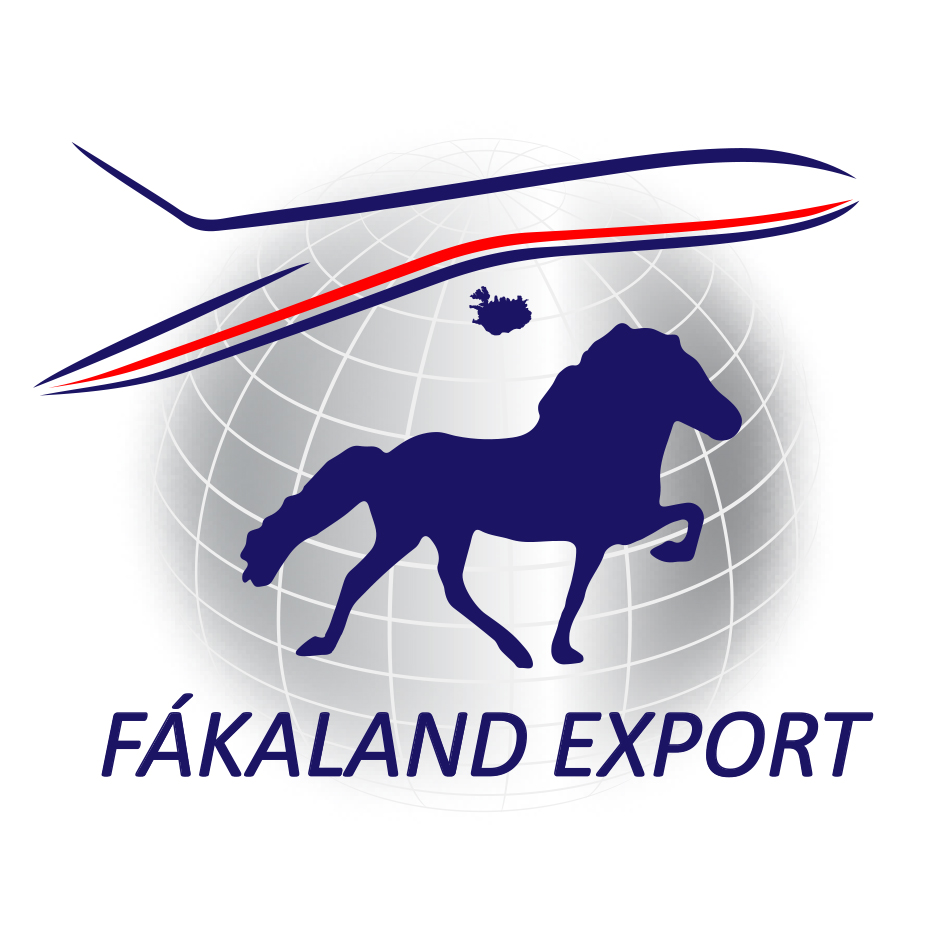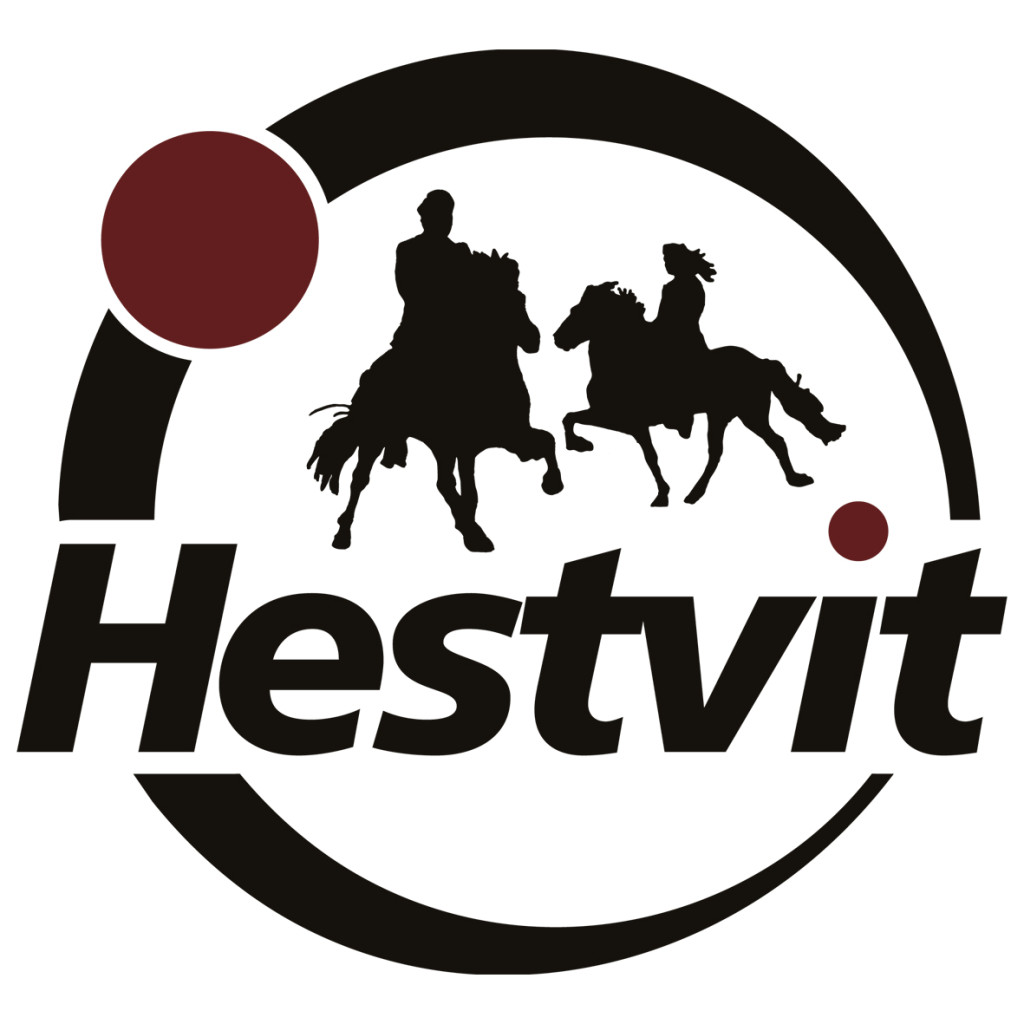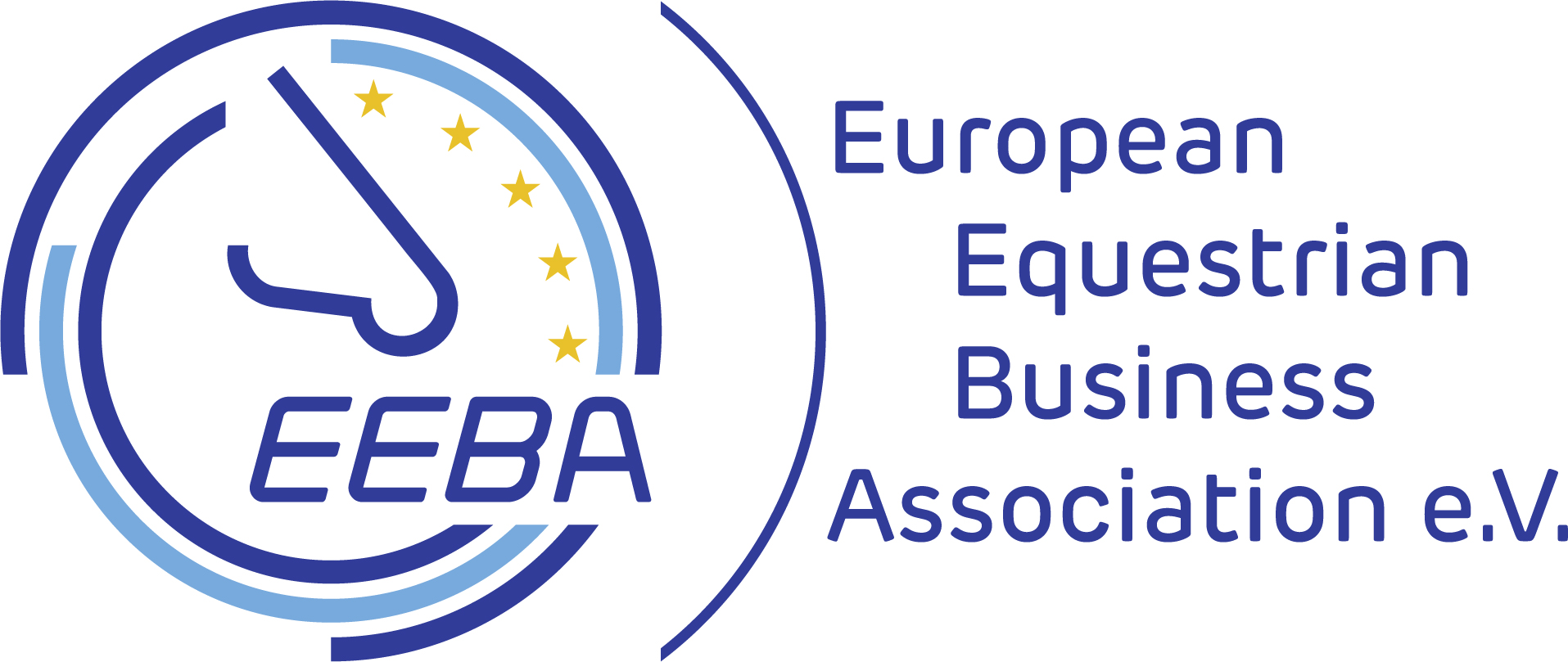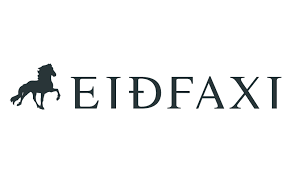Legendary stallion Otur frá Sauðárkróki passed away late last year at the age of 36. Otur is among the premier forefathers of the Icelandic horse.
Legendary stallion Otur frá Sauðárkróki passed away late last year at the age of 36. Born in Skagafjörður, North Iceland, in 1982, he spent the twilight of his life at horse farm Pfaffenbuck in Germany. Otur is among the premier forefathers of the Icelandic horse, having received first prize for offspring at the 1994 Landsmót National Horse Competition. He himself received 8.37 in total score, 8.05 for conformation and 8.69 for riding abilities at Landsmót in 1990.
The genetic contribution of Otur to the Icelandic horse population in Iceland today is primarily through his son Orri frá Þúfu, as Þorvaldur Kristjánsson, horse breeding specialist at the Icelandic Agricultural Advisory Centre, explains. Þorvaldur says Orri is the main forefather of the Icelandic horse in Iceland, following Hrafn frá Holtsmúla. “The influence of Otur is significantly smaller through other offspring, but after Orri, it’s most prominent in Rökkvi frá Hárlaugsstöðum, whose sons have been used for breeding in the past years, and Orka frá Hvammi, the mother of stallions Ómur and Óliver frá Kvistum,” he adds. “So, in the future, the genetic impact of Otur will likely mostly be through Orri, and through Orri and other descendants, Otur’s genes will be preserved for the future.”
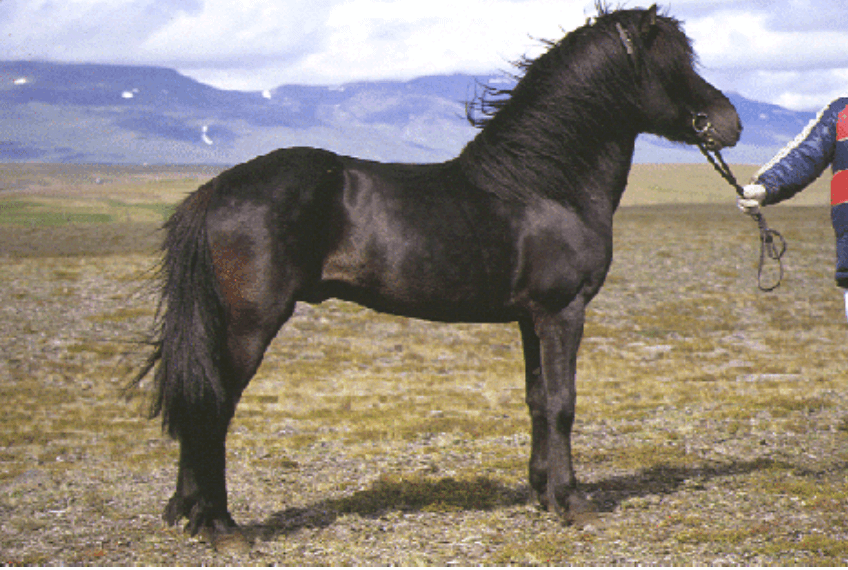
Otur was of Hrafnkatla and Hervar frá Sauðárkróki from the breeding of the late Sveinn Guðmundsson. His son, Guðmundur Sveinsson, writes on his Facebook (published on feykir.is) page that even though Otur didn’t always produce superb offspring, it is considered a unique achievement that three of his sons won the B-category at Landsmót.
Guðmundur describes Otur in the following way: “Already as a foal he caught our attention for his extensive movements and bold progression.” Guðmundur compliments Otur’s trainers (both of whom have sadly passed away), Einar Öder Magnússon, who trained Otur at four years, and Eiríkur Guðmundsson, who took over his training the following winter. “These two geniuses understood the young, excitable and exuberant horse, showed him respect and gave him time,” Guðmundur writes.
Eiríkur and Einar were thoroughly impressed by the young stallion. In an article about Otur by Valdimar Kristinsson, published in Morgunblaðið in 2000, Einar even proclaimed to be “in love” with Otur. Einar praised the horse to such an extent that some jokers suggested he change his middle name from Öder to Otur.
“He was always well behaved but also very sensitive and dynamic from the first moment that I sat in his saddle. His zest was also evident right from the start and I would define him as having genuine gusto ,” Einar is quoted as saying in Valdimar’s article: “The tölt was always superb and confident, the flying pace open and came natural to him, but in trot, he was unreliable … From the first moment that I mounted him, Otur was a champion. He had distinctive features, beautiful mane and full of energy.”
Eiríkur also had a strong band with Otur. He demonstrated the horse at five years in spring 1987 and later that same year at a regional competition at Melgerðismelar. “I saw him with Eiríkur a few times and thought he performed particularly well at Melgerðismelar and again a couple of years later, at Landsmót in Vindheimamelar in 1990. Eiríkur and I had many interesting conversations about this fellow hobby of ours, which was Otur,” says Einar.
Guðmundur took over the training of his father’s stallion when Otur was six. “As the winter progressed the horse had become incredibly enjoyable to ride, he’s one of the very best and memorable horses I’ve ever been involved with. What I remember most is his will to move forward, this bubbling energy without him every trying to take control.”
Sveinn, too, was fond of the horse. In Valdimar’s article he is quoted as saying that Otur touched him deepest of all the horses he had ridden: “Never in my life have I felt such energy with such wonderful submission.”
Otur was sold to a foreign buyer in 2000 and many horse lovers were sad to see him leave the country for good, including the article’s author, who had intended to take his mare to Otur. He pointed out that Otur might still produce a foal of the same caliber as Orri frá Þúfu and it would be a shame if that foal were to be born outside of Iceland.
What Valdimar predicted in his article came true; Teigur vom Kronshof has the highest score among Otur’s offspring (8.31 – 8.84 – 8.63). Out of his ten highest-rated offspring, ten were born in countries other than Iceland. However, his lineage in Iceland is also strong. In total, Otur’s descendants number 1,023. In them, his qualities live on, including a supple neck and back, a good posture and a flexible body, exceptionally good hooves and an outstanding will to move forward. Among Otur’s descendants are many excellent riding horses, as stated on hestafrettir.is.
In his article, Valdimar describes Otur in the following manner: “Otur has been the image of the wild and free will of the Icelandic horse, its power and capacity. Many people were blown away by the energy of this limber, incredibly willful power horse.”
Text: Eygló Svala Arnarsdóttir. Photos: Friðþjófur Þorkelsson and from Guðmundur Sveinsson’s private collection.
-1.jpg?280x160;crop)
-1.jpg?280x160;crop)
-1.jpg?280x160;crop)
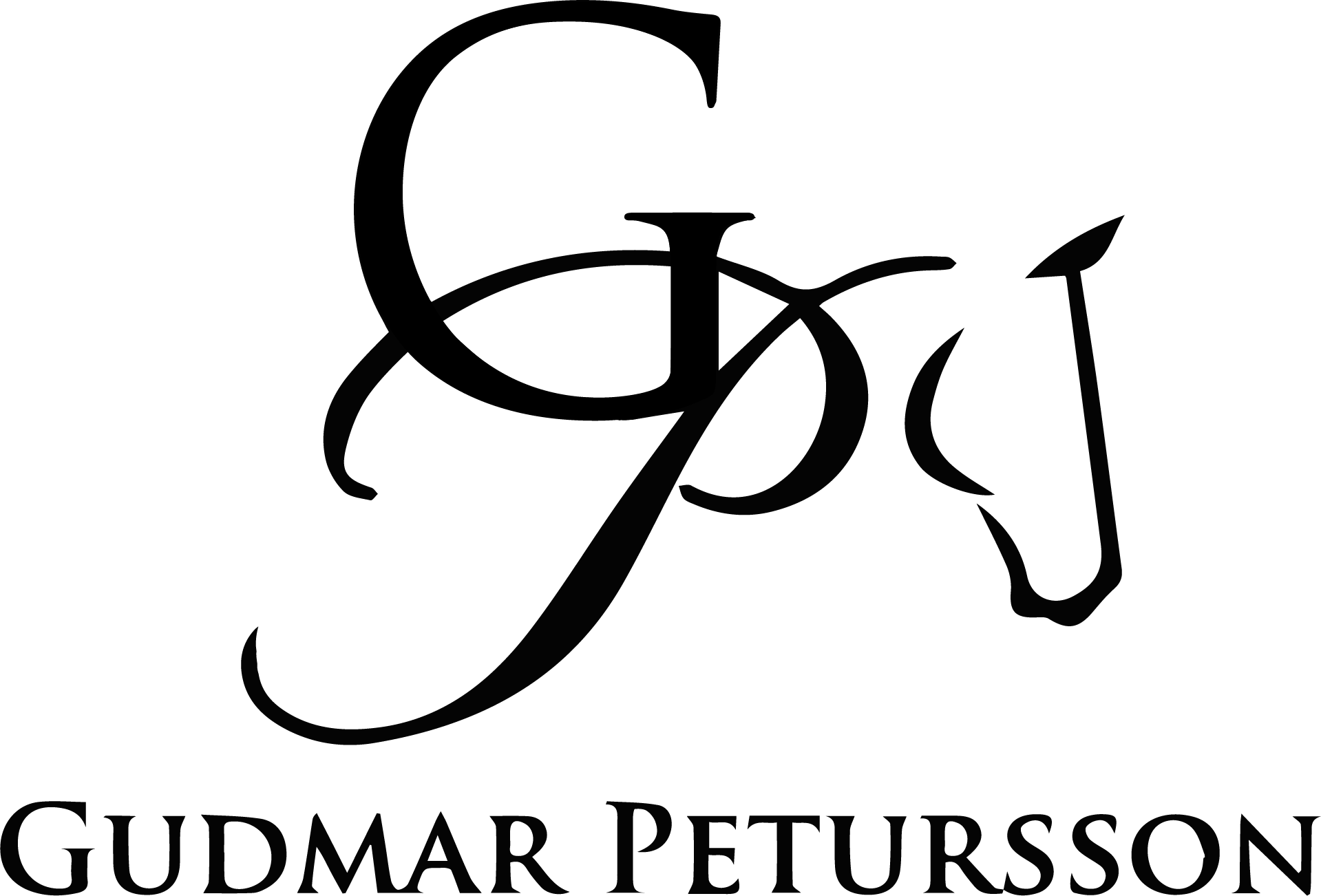
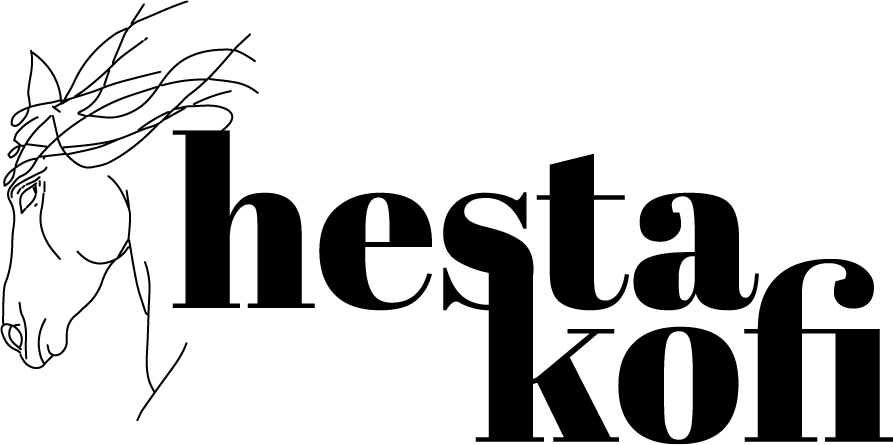
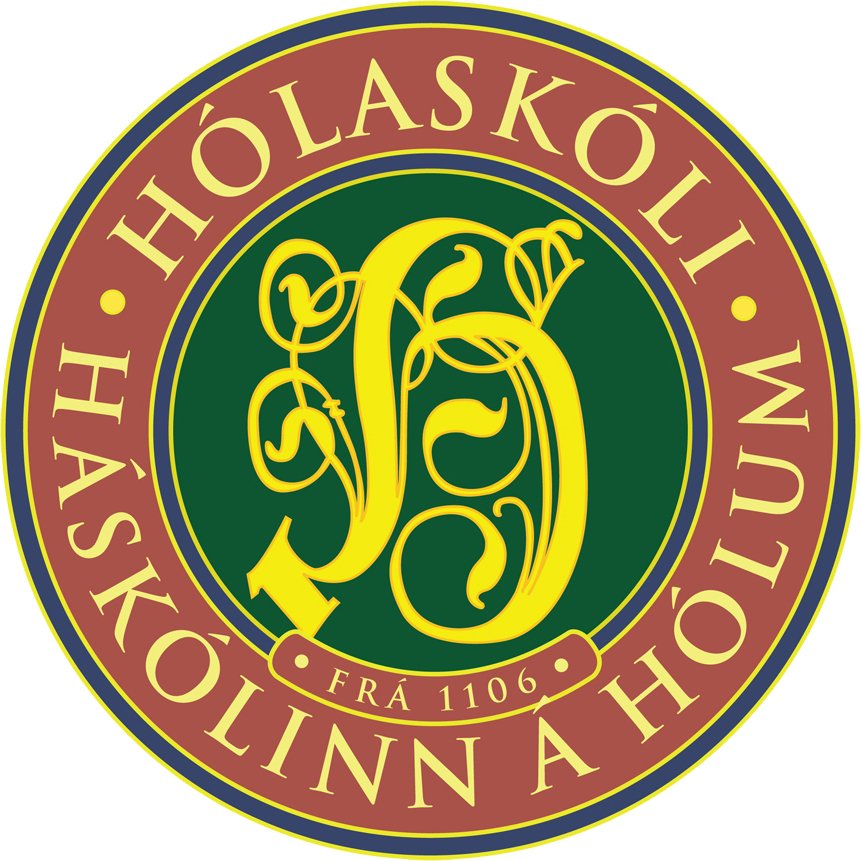
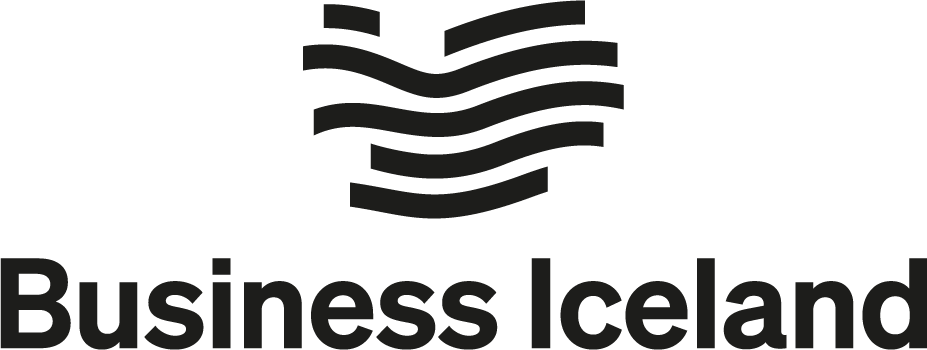


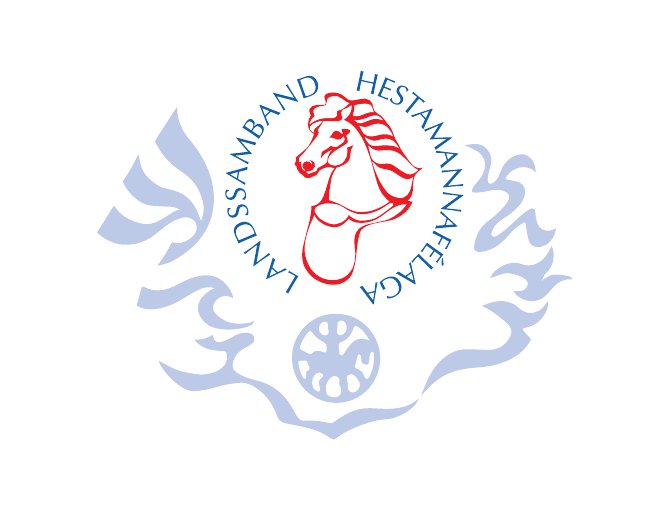



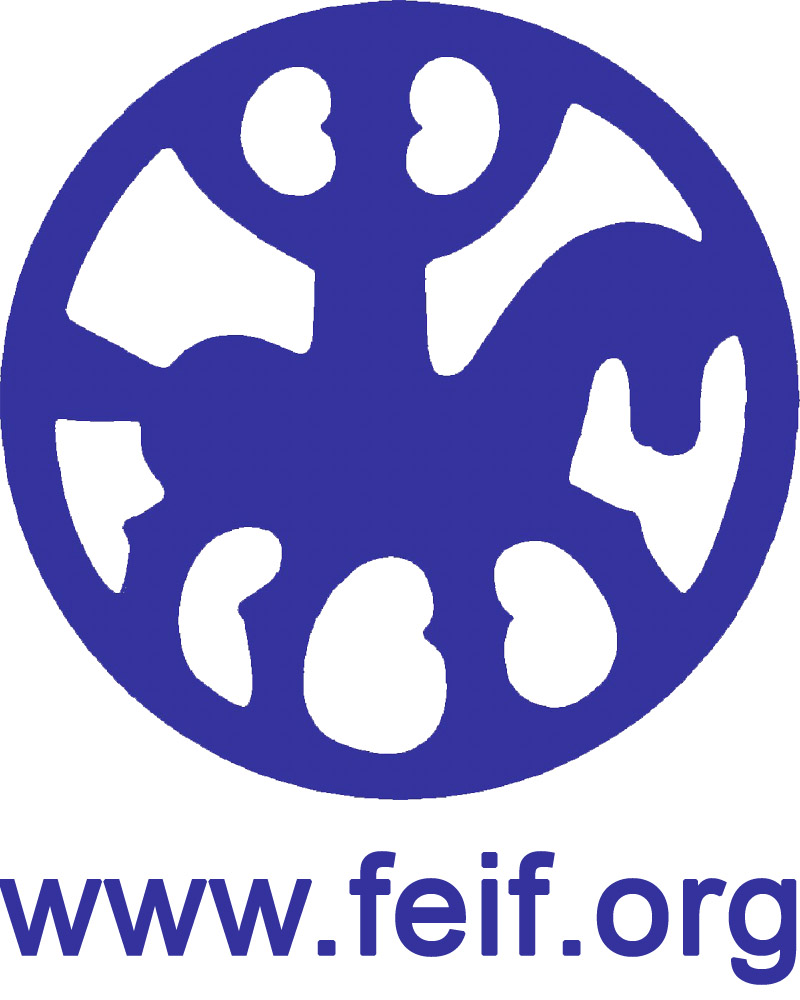
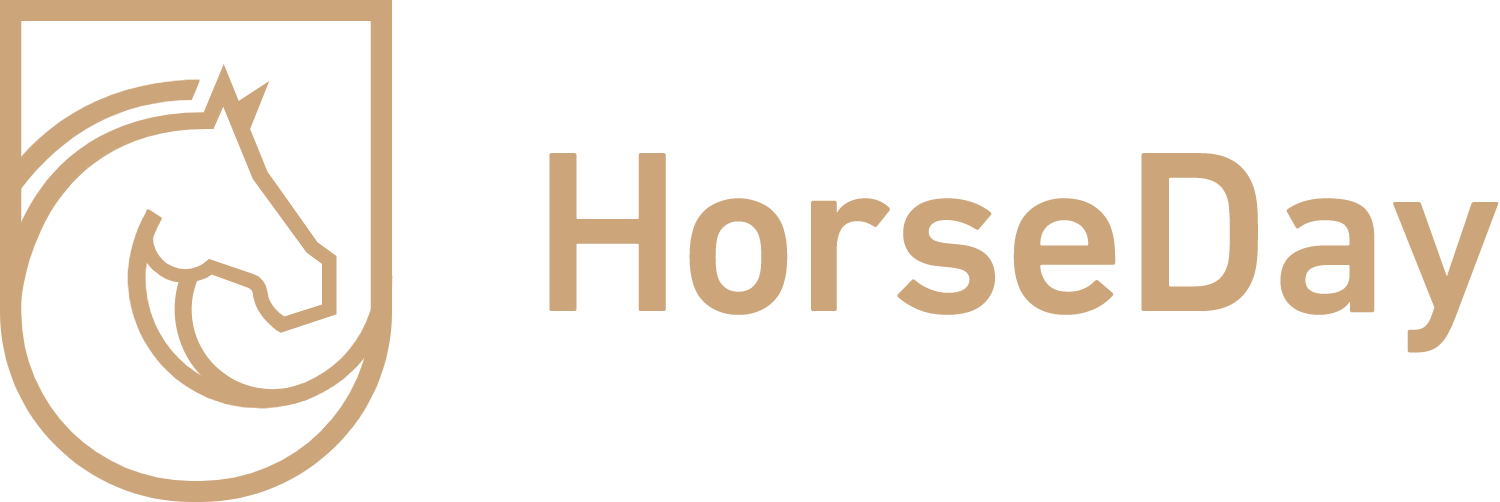
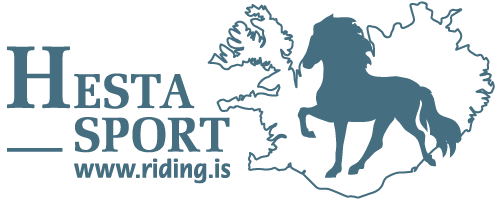


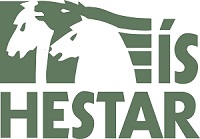
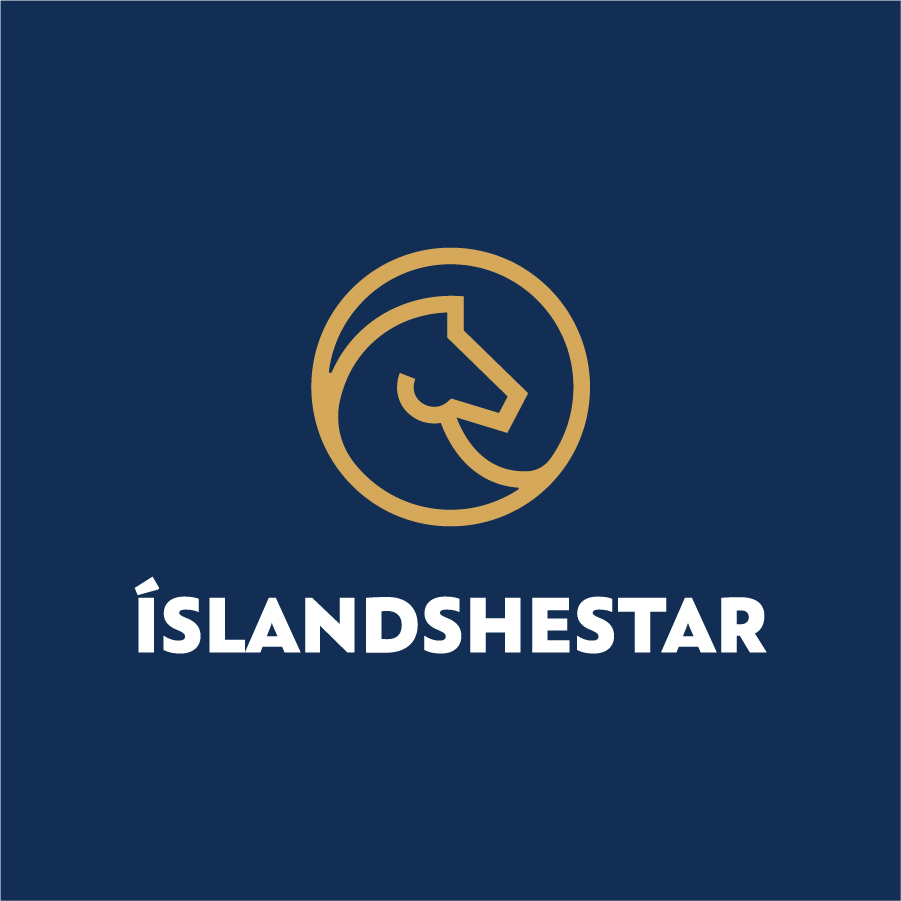
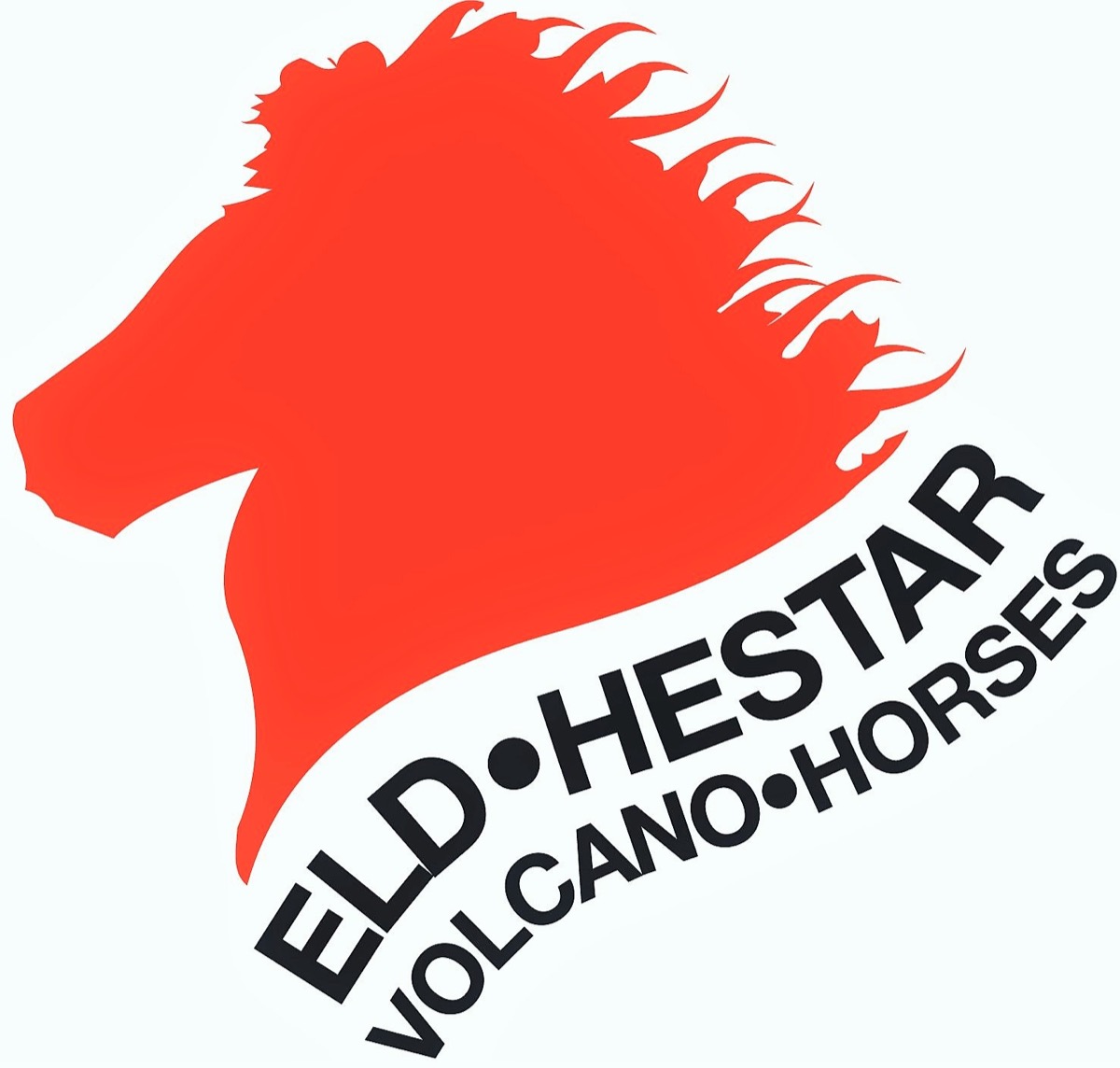
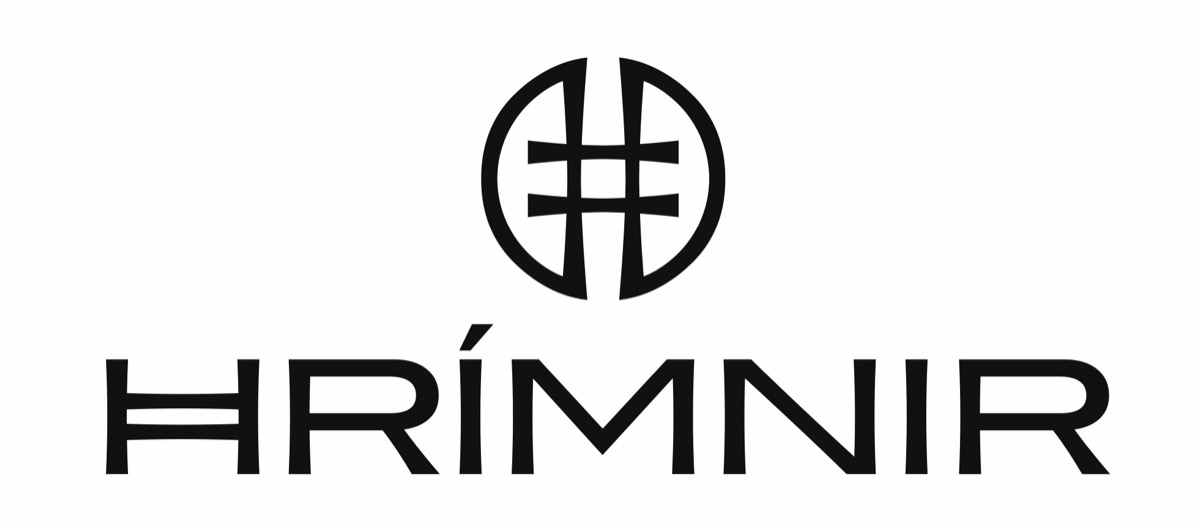


-1.jpg)
